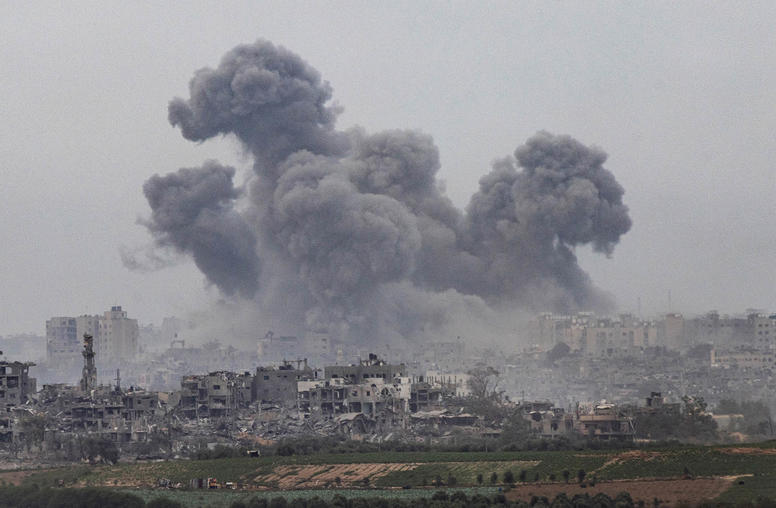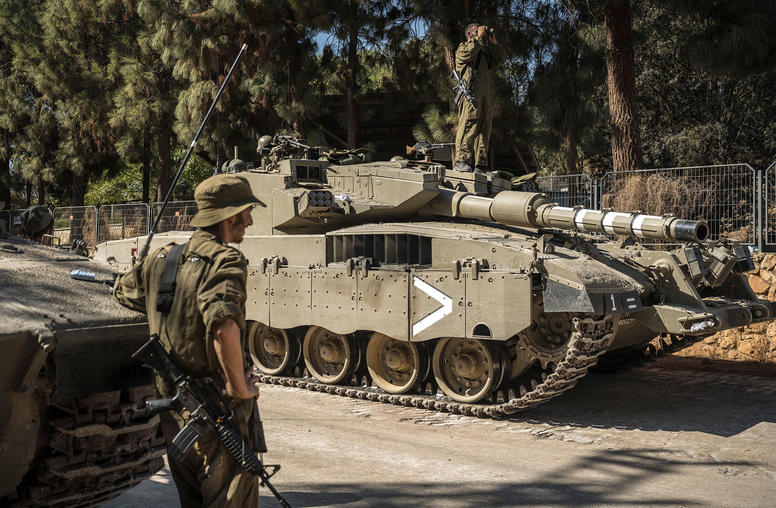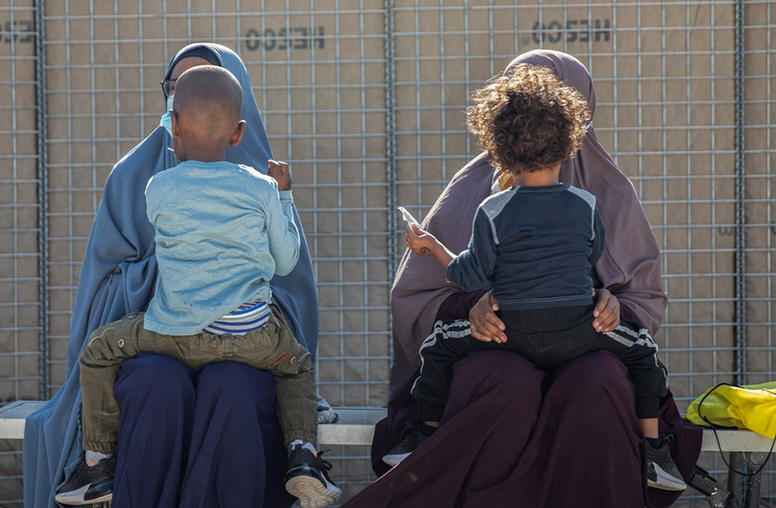As Violence in Syria Worsens, U.S. Withdraws Embassy Staff
After several days of intensive negotiation, Russia and China vetoed a United Nations Security Council resolution on Saturday, February 4 that would have required Syria to implement the terms of an Arab League transition framework. USIP's Steve Heydemann assesses the current situation.
After several days of intensive negotiation, Russia and China vetoed a United Nations Security Council resolution on Saturday, February 4 that would have required Syria to implement the terms of an Arab League transition framework.
The week before, U.S. Secretary of State Hillary Clinton, Secretary-General of the Arab League Nabil Elaraby, and the Foreign Minister of Qatar briefed the U.N. Security Council in support of the UNSC resolution, which was modeled on a transition framework and approved by the Arab League on January 22. The U.S., U.K. and French delegations all conveyed the view that they were prepared to force a Russian veto if the UNSC could not reach a consensus that reflected the essence of the Arab League framework.
Behind this tough talk, however, Western and Arab League members of the Council worked strenuously to develop a resolution that would overcome longstanding Russian objections, including opposition to military intervention. By the end of last week, the language of the draft resolution reflected major concessions to Russia -- including language that explicitly ruled out military intervention, did not include an arms embargo and was silent on the question of Assad’s departure from office.
As the draft circulated, supporters of the Syrian opposition launched a barrage of criticism, claiming that the resolution had been gutted in a misguided effort to secure Russian support. Western and Arab League governments defended their moves, noting that by including explicit references to the Arab League framework, the resolution required Syria to comply with its terms and conditions—including demands that Assad hand over power to his deputy.
Yet in the end, a week’s worth of backpedaling by Western and Arab League diplomats was for naught. When the resolution was finally presented for a vote on Saturday, the Russians and Chinese vetoed it anyway, effectively closing the door on prospects for a political settlement of the Syrian crisis. Secretary Clinton called the vote a “travesty.” She said that Russia and China would bear responsibility should violence in Syria escalate. U.S. Ambassador to the U.N. Susan Rice said she found the vote “disgusting.”
The failure of the U.N. resolution does not mean the end of efforts to support the Syrian opposition. The Assad regime is hardly off the hook. All of the diplomatic efforts that were underway outside the U.N. to pressure the Assad regime will continue, including Arab League efforts to secure support for its transition framework, and extensive multilateral sanctions. With the U.S. embassy in Damascus suspending operations, Ambassador Ford will be tasked with outreach to the opposition, suggesting increased U.S. efforts to support the Syrian National Council.
Yet with no political process in sight, the Syrian uprising has reached a critical and dangerous turning point. The odds have increased that a violent and destabilizing cascade of events will now unfold. External actors are likely to increase their support for the armed opposition, triggering a cycle of violence that will transform what has been a low-level insurgency into a full-fledged civil war. As weapons flow to Syrian proxies, the uprising may well become a framework for playing out regional rivalries, with potentially devastating consequences.
Without any framework for coordinating military support, moreover, militarization will empower armed groups who operate outside of any coordinated structure of command and control. Arming local forces also risks undermining the still tentative legitimacy of Syrian National Council, and increases the likelihood that Syria’s political future will be shaped by fighters rather than politicians.
None of these outcomes is inevitable.
To avoid them, however, is likely to push the U.S. beyond its relatively narrow comfort zone on Syria. The U.S. and its allies will need to acknowledge the reality of militarization and develop strategies for managing it, rather than simply expressing concern about its consequences. It will need to follow up on recent hints that the administration is now willing to support a Friends of Syria group, develop such a group into a framework for coordinating support for the armed opposition, and do so in ways that strengthen rather than undermine the civilian opposition. All of these options carry significant risks, but the alternatives—in the absence of a political solution—could be far worse. If faced with the choice between two grim prospects, either a shorter, violent struggle or a longer violent struggle, the U.S. and its allies should do everything possible to spare Syria the latter fate.



